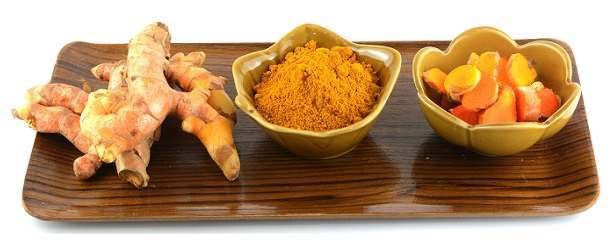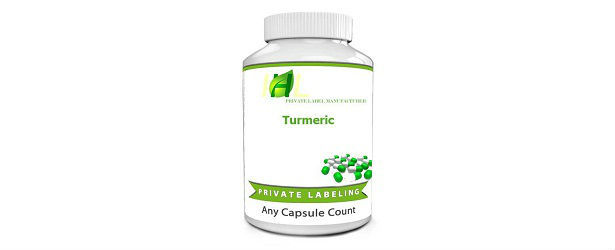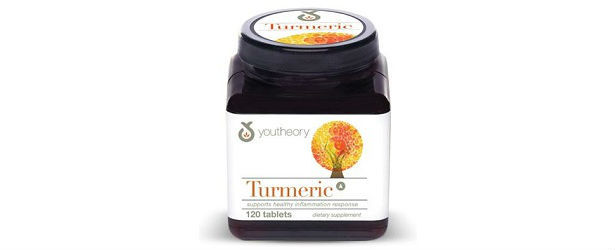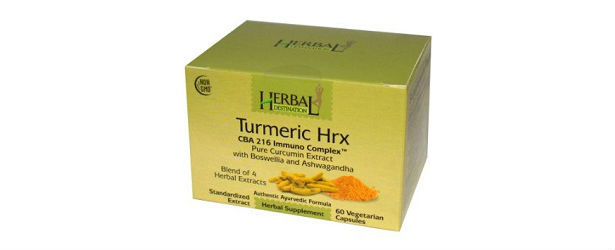
The Side Effects of Turmeric Root
Turmeric is a delicious yellow spice that is commonly consumed in Asian dishes. It is also so much more and has wide ranging health benefits. Scientific research has discovered well over 300 active ingredients in Turmeric that have powerful effects in the body. In fact, Turmeric is considered to be the greatest of all herbs by some practitioners. In Ayurveda, the practice of traditional Indian medicine, turmeric is prescribed for just about everything — from cuts and grazes, to respiratory ailments, liver disease, gas, bloating, digestive illness, the heart, as an anti-septic and more. The active ingredients in Turmeric — Curcuma longa — are a group of plant substances called curcuminoids. Through its antioxidant mechanisms, curcumin supports colon health, exerts neuroprotective activity and helps maintain a healthy cardiovascular system. Curcumin:
- is very useful in joint related concerns
- helps maintain a normal cholesterol and a healthy heart.
- is very helpful as a digestive support.
- is extremely helpful in liver protection.
- is also used in controlling obesity.
- induces the flow of bile, which breaks down fats.
- acts as an anti-inflammatory agent that relieves the aches and pains associated with arthritis.
Let’s take a closer look at turmeric and its effects.
Gastrointestinal Effects
Practitioners of Ayurvedic and traditional Chinese herbal medicine use turmeric to treat stomach disorders. However, cautions is advised as turmeric at high doses or after prolonged use can itself create digestive problems, including stomach irritation or upset, heartburn, nausea, diarrhea and even ulcers.
Gallbladder Effects
Curcumin (turmeric’s most biologically active component) inhibits the formation of gallstones . Turmeric also induces gallbladder contractions therefore it could be beneficial for persons with healthy gallbladders. However, it could present problems for those with existing gallstones or bile duct obstructions.
 Uterine Effects
Uterine Effects
Turmeric is a mild uterine stimulant that aids menstrual flow. For this reason, women should avoid using turmeric for medicinal purposes during pregnancy.
Skin Staining
Handling turmeric powder or a turmeric rhizome after cutting it open may color your hands. Turmeric was once used as a fabric dye. Eating and drinking preparations made from fresh or dried turmeric may also color the corners of your mouth.
Considerations
As with any health program, always talk to your doctor before beginning a course of treatment with turmeric or supplements made from the turmeric compound curcumin. Do not take dosages larger than those recommended by your healthcare professional or (in the case of supplements) the manufacturer.
Also note There are a variety of products on the market and sorting through them and selecting the best one for your needs can be confusing. Many companies trying to cash in on trends do not really care about the quality of their product, therefore their products may be ineffective.
Clarification
The plant goldenseal (Hydrastis canadensis) is sometimes called referred to as turmeric root, wild curcuma or Indian turmeric. This is not the same thing. While it has a rhizome that is used for a host of medicinal purposes goldenseal is a member of the buttercup family and is distinctly different from Curcuma longa. Beware as goldenseal is known to have serious, potentially fatal adverse affects at high doses.
TOP 5
TURMERICSupplements |
|||||
| Turmeric Curcumin Premium | NutriDosha | Source Naturals Turmeric | Sandhu's Curcumin C3 Complex | EverPure Turmeric Curcumin | |
|---|---|---|---|---|---|
| 1 | 2 | 3 | 4 | 5 | |
| Price (1 bottle) Price (6 bottles) Best Value |
$48.00 $138.00 |
$37.50 $225.00 |
$34.50 $207.00 |
$29.95 $179.70 |
$24.47 $146.82 |
| Overall Rating | 99.50% | 84.30% | 81.00% | 73.50% | 69.50% |
| Effectiveness |





|





|





|





|





|
| Speed of Results | Extremely Fast | Good | Good | Average | Average |
| Quality of Ingredients | Premium | Good | Average | Average | Average |
| Customer Satisfaction Evaluation | 99.20% | 86.30% | 81% | 73% | 70.30% |
| Safety Evaluation | Safe for Use | Safe for Use | Safe for Use | Safe for Use | Safe for Use |
| Customer Service Rating |





|





|





|





|





|
| Reorder Rate | Highest | Good | Good | Average | Average |
| Return Policy | Risk Free | No | Unclear | No | Unclear |
| Success Rate | 99.40% | 86.20% | 81% | 74.50% | 69% |

 Subscribe Now
Subscribe Now











